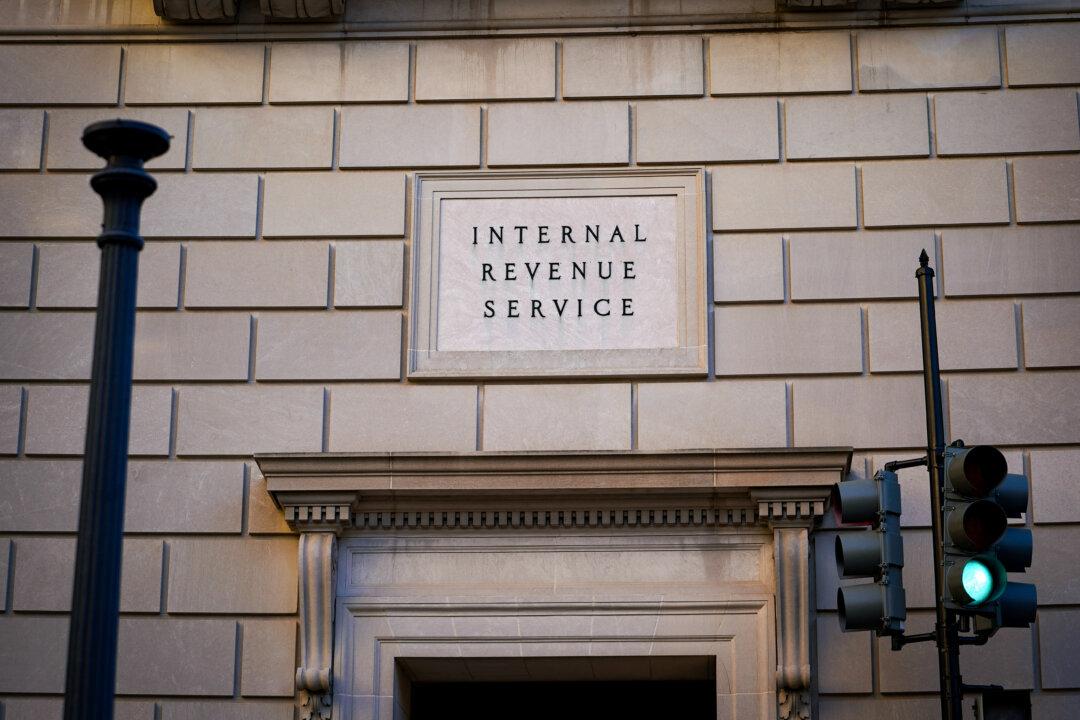The Internal Revenue Service (IRS) has made key changes to its tax refund tool with the aim of making it easier for taxpayers to understand the status of their refunds.
The IRS’s “Where’s My Refund?” tool is used to check the refund status of a taxpayer, providing taxpayers with three key pieces of info—confirmation that the agency has received their tax return, notice of approval, and the issuing date of the approved refund. On Wednesday, the agency announced it made important updates to its “Where’s My Refund?” for the 2024 filing season.





